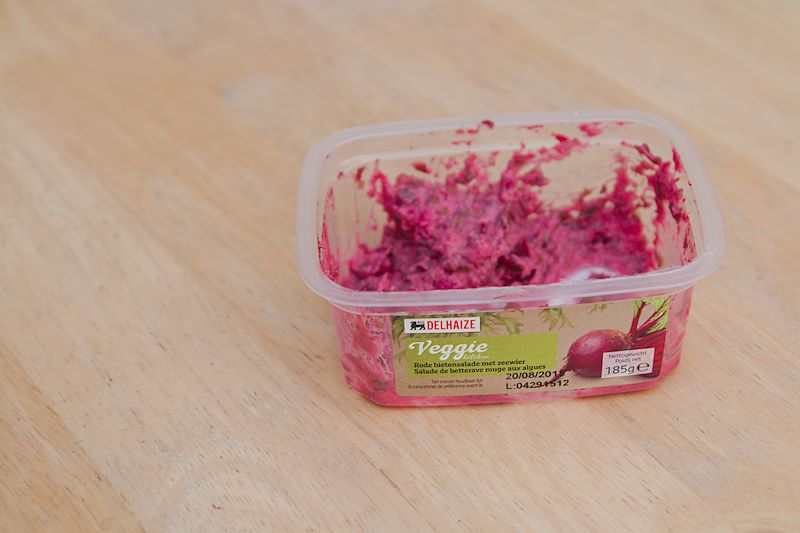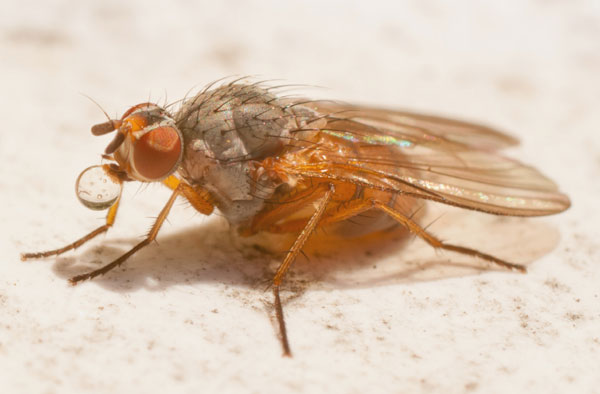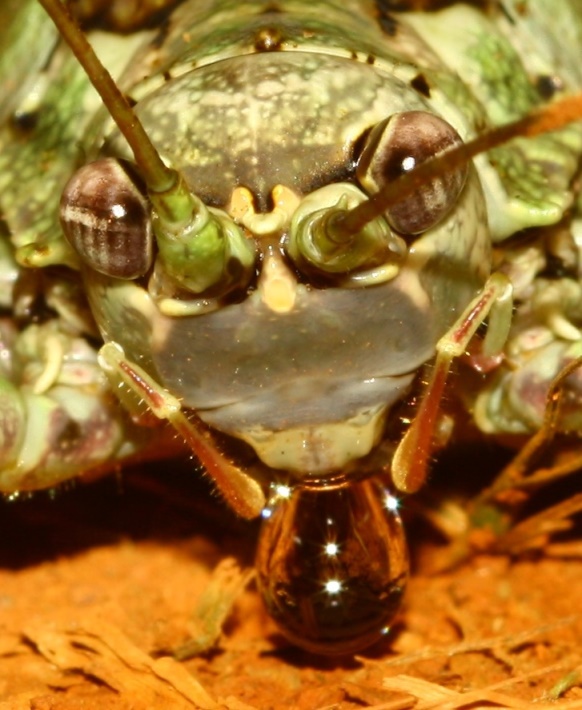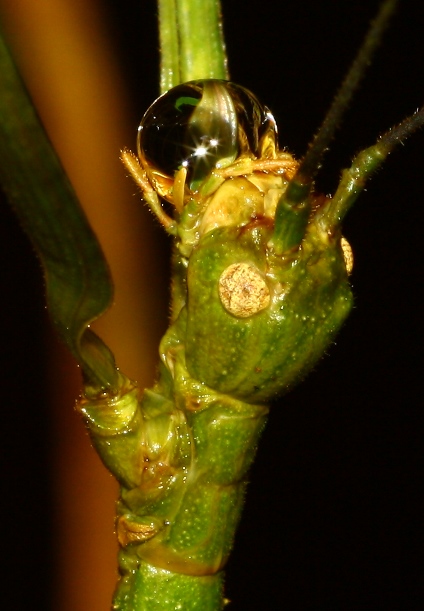Diptera.info :: Miscellaneous :: General queries
|
Fly bubble blowing
|
|
| Don Micro |
Posted on 19-08-2015 12:15
|
|
Member Location: Hasselt, Belgium Posts: 441 Joined: 13.06.10 |
You scoundrel!
Don Micro attached the following image:  [48.05Kb] Edited by Don Micro on 19-08-2015 12:16 Kim Windmolders |
|
|
|
| evdb |
Posted on 30-08-2015 11:43
|
|
Member Location: France (Loiret) Posts: 1357 Joined: 05.12.11 |
I should want to be sure : is that "bubbles", full of gas, or "dropplets" full of liquid ?
Eugene |
| Paul Beuk |
Posted on 31-08-2015 08:11
|
|
Super Administrator Location: Netherlands Posts: 19403 Joined: 11.05.04 |
Droplets
Paul - - - - Paul Beuk on https://diptera.info |
| evdb |
Posted on 31-08-2015 08:20
|
|
Member Location: France (Loiret) Posts: 1357 Joined: 05.12.11 |
Thanks a lot Paul.
Eugene |
| Pentti Ketola |
Posted on 17-11-2015 18:22
|
|
Member Location: Posts: 5016 Joined: 04.02.10 |
They are even blowing bubbles in Finland! Pentti. Pentti Ketola attached the following image:  [35.12Kb] Edited by Pentti Ketola on 17-11-2015 18:23 |
| Rolf N |
Posted on 21-11-2015 17:38
|
|
Member Location: Wilhelmshaven, Germany Posts: 46 Joined: 16.10.09 |
They do even fly with a bubble! Polietes lardaria (?) 13.11.2015 Wilhelmshaven, Germany Rolf N attached the following image:  [189.66Kb] ~~~~~~~~~~~~~~~~~~~~ Rolf Nagel Wilhelmshaven, Germany http://www.insekt... ~~~~~~~~~~~~~~~~~~~~ |
| Auke |
Posted on 26-12-2015 06:38
|
|
Member Location: Suriname (South America) Posts: 312 Joined: 21.10.12 |
If I remember well, there were also some photos of non-dipteran species blowing bubbles in this topic. Because download speed is back to horrendous here, I'm nog going to check if I'm right though. Anyway, a couple of months ago I photographed a large Surinamese katydid (Orthoptera, Tettigoniidae) with a large bubble. My photo series shows that he/she sucked it back up, then made it larger again. This was in the evening after sundown at about 450m altitude. The place (Brownsberg) becomes rather chilly at night, and often misty as well, and I don't think thermoregulation or evaporation are viable explanations in this case. I don't know which explanation would be viable though...
Auke attached the following image:  [148.78Kb] Your invert guide in Suriname. |
| evernia |
Posted on 10-05-2016 08:13
|
|
Member Location: Madrid, Spain Posts: 1 Joined: 07.05.16 |
This seems to be an halictic bee manipulating nectar droplets to reduce moisture. While I was taking the pictures, the bee moved continuously her tongue in and out about twenty times before it flew away. This is the first time I have seen a bee doing this drying and ripening process with her tongue. There are several pictures of bees processing nectar with a droplet in her mouth, as if they were simply bubble blowing . But in this case the bee seems to evaporate more water from the droplet by expanding the proboscis to full length and exposing a larger droplet surface to the sun.
evernia attached the following image:  [122.43Kb] Edited by evernia on 10-05-2016 08:16 |
|
|
|
| Auke |
Posted on 08-07-2016 21:40
|
|
Member Location: Suriname (South America) Posts: 312 Joined: 21.10.12 |
Another nighttime blower, this time a walking stick (Phasmatodea). Photographed on the Brownsberg in Suriname.
Auke attached the following image:  [111.76Kb] Your invert guide in Suriname. |
| Miudo |
Posted on 01-10-2020 01:07
|
|
Member Location: Rio Grande do Sul - Brazil Posts: 28 Joined: 11.06.19 |
Here in Brazil they blow bubbles in very weird situations (also nighttime)  |
|
|
|
| Tina S |
Posted on 16-06-2021 10:35
|
|
Member Location: Germany Posts: 139 Joined: 15.01.16 |
It seems that at least the body cooling theory seems to be confirmed now, look e.g. here (literature at the bottom): https://rcannon99...nt-page-1/ Or here: https://phys.org/...-cool.html |
|
|
|
| Tetrao |
Posted on 11-07-2021 09:10
|
|
Member Location: Belgium, Wanze Posts: 328 Joined: 14.06.18 |
Paul Beuk wrote: Andre wrote: In the light of evolution, it is very well possible that certain diptera-groups (probably closely related to eachother) have developed this behaviour. It could be a mix of reasons. Or the main reason may be digestion, with an extra opportunity to control bodytemperature. To get a better idea of this, best we can do is to make solid observations in the field, like I suggested above. I know that both calyptrates and acalyptrates can 'do the bubble'. I cannot recall any orthorrhaphous brachycera and even deep searching my mind I do not recall having seen syrphids do it. I think it may simply also have to do with the structure of the mouth parts that enable the flies to bubble or not. And that, in its turn, is determined by evolution, as related taxa probably have the same kind of mouth parts, unless evolution took the a step further. Very interesting thread ! If it can be a any help, For Brachycera I've pictured this Sepsis sp female (probably Sepsis fulgens with 2 dc but on certain pictures I can see yellow on the legs) :    Have a good day, Didier |
|
|
|
| Tetrao |
Posted on 11-07-2021 09:20
|
|
Member Location: Belgium, Wanze Posts: 328 Joined: 14.06.18 |
Also this Lucilia sericata (Meigen, 1826) |
|
|
|
| Jump to Forum: |













